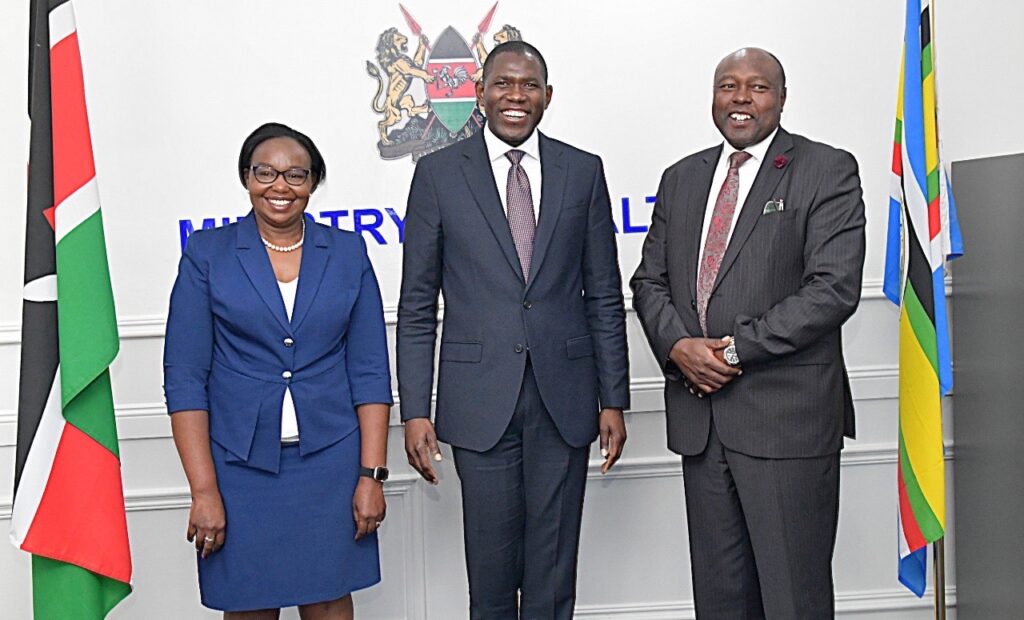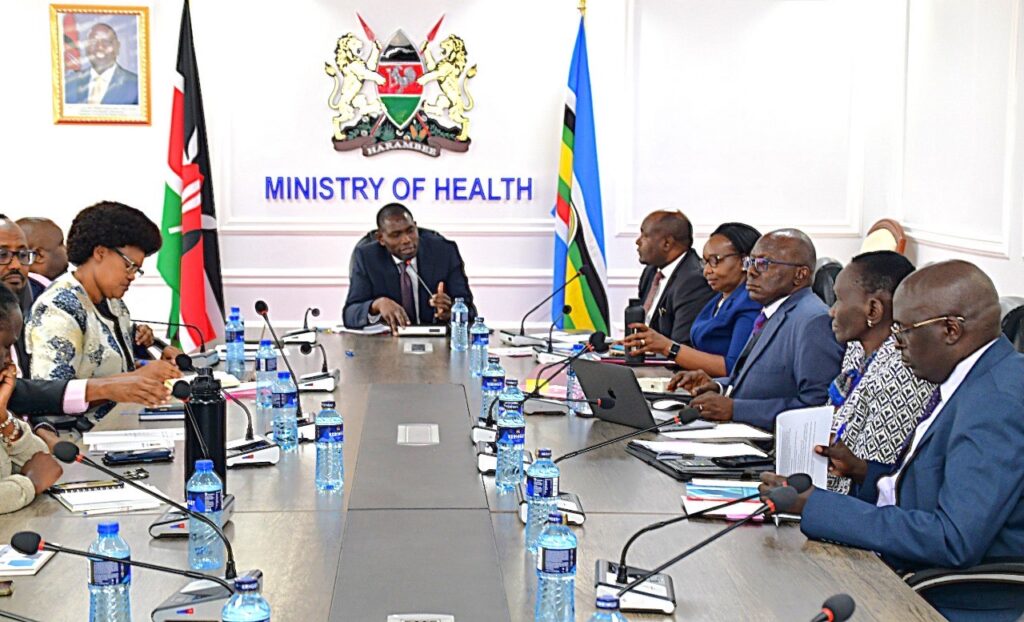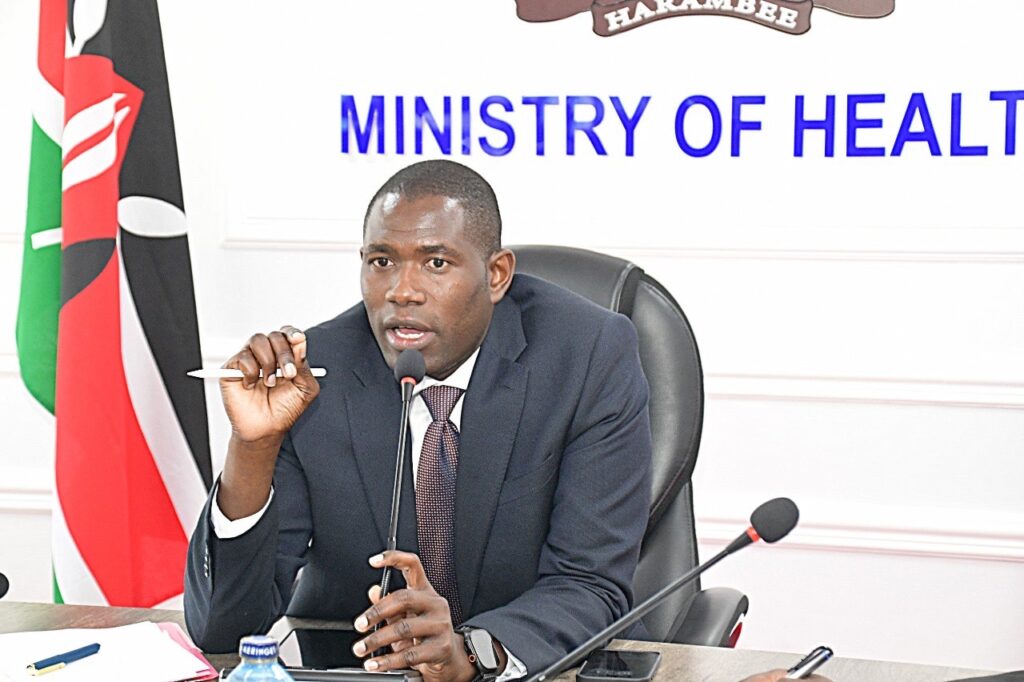Kenya’s State Department for Medical Services convened a high‑level consultative session in Nairobi on July 21, 2025 with the Public Service Commission (PSC) to accelerate reforms in human resource management across the public health system. The meeting, chaired by Principal Secretary Dr. Ouma Oluga, assembled senior PSC commissioners, ministry leadership, and administrative heads to align policies that underpin service delivery in hospitals, public health programs, and emerging community health initiatives.
Discussions centered on long‑standing bottlenecks affecting the availability, distribution, and performance of health workers. Participants reviewed recruitment and establishment procedures to ensure staffing levels match population needs; examined performance management systems capable of linking targets to outcomes; and considered stronger internal controls to safeguard payroll integrity. Pension reporting and transition processes for retiring staff were evaluated alongside strategies for continuous professional development that keep clinicians, public health officers, and support cadres current with standards and technology.

In remarks to delegates, Dr. Oluga stressed that effective human resource architecture is central to the government’s priority agenda under Executive Order No. 1 of 2025. Robust staffing frameworks, transparent deployment, and accountable performance metrics, he noted, are prerequisites for delivering equitable, quality care and for sustaining investments in disease surveillance, emergency preparedness, and digital health platforms that demand skilled personnel at national and sub‑national levels.
PSC Commissioner Francis Meja reaffirmed the Commission’s commitment to partnering with the health sector to strengthen public service delivery. He highlighted the need for data‑driven establishment controls that align wage bills with actual positions, reduce ghost workers, and speed recruitment for hard‑to‑staff facilities. Commissioner Dr. Irene Asiega added that modern performance tools should capture multidisciplinary teamwork and community outreach, not only in‑facility metrics, so incentive systems reward the full scope of health worker contributions.

Senior officials present included Director General for Health Dr. Amos Amoth and Secretary Administration James Ntabo, reflecting the cross‑cutting nature of the agenda. Their participation signaled an intent to translate policy dialogue into coordinated operational actions spanning budgeting, HR information systems, training pipelines, and compliance oversight. Follow‑up technical working groups are expected to map specific milestones, timelines, and shared accountability indicators that will track progress toward a more responsive, well‑managed health workforce.
Sustained, strategic collaboration between Medical Services and the PSC will be decisive as Kenya implements universal health coverage reforms and devolved service delivery models. Aligning people, processes, and performance will ultimately determine whether policy ambitions translate into healthier communities for all Kenyans.

